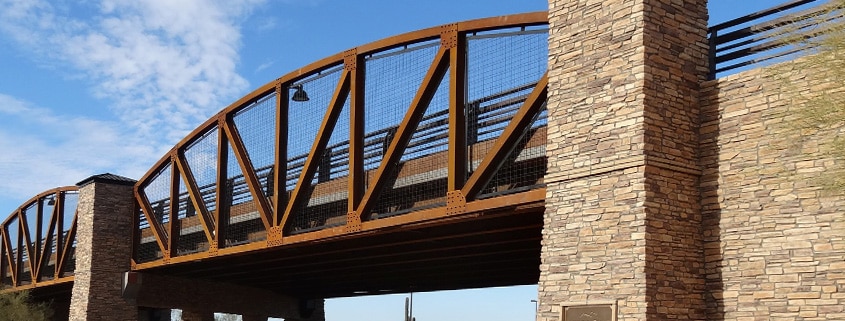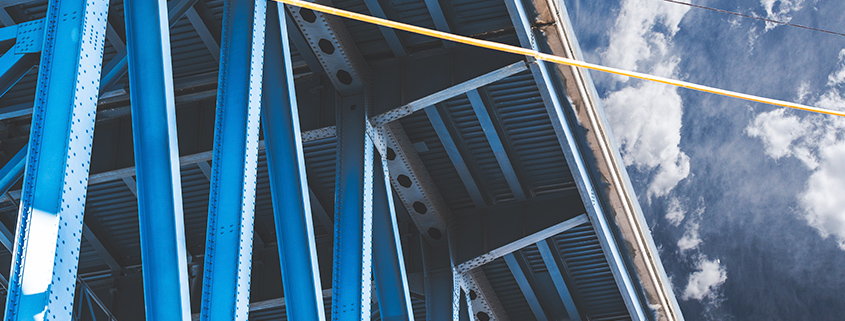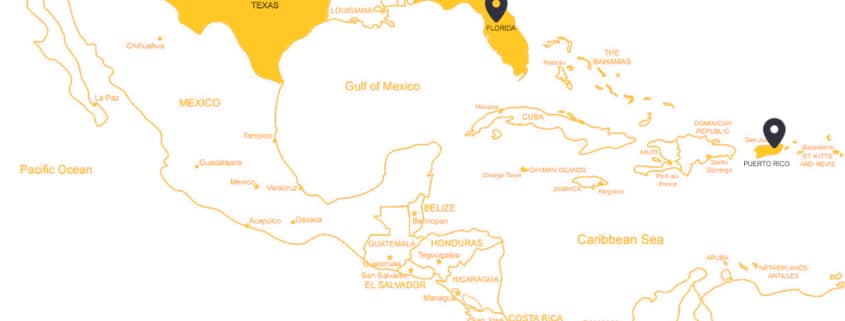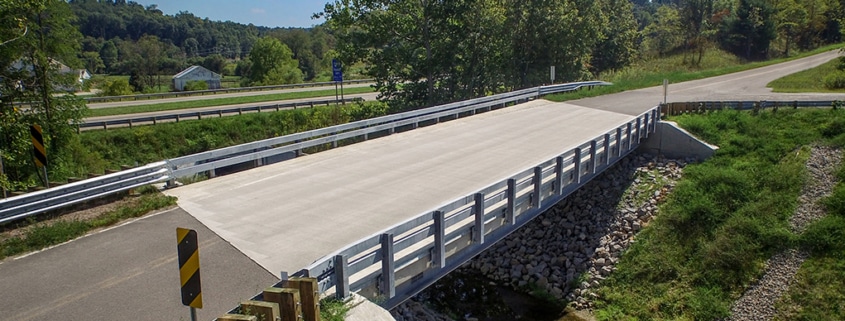Many decisions are made when it comes to new bridge construction, one of those is the choice of a prefabricated bridge or built on-site construction. How do you know which one works best for your project? Here’s a guide to help you understand prefabricated bridges and when to use them.
What are Prefabricated Bridges?
Prefabricated bridges are built in a separate location, then transported to the construction site for installation. They are a popular form of accelerated bridge construction with their own benefits and considerations.
With U.S. Bridge, our Bridge Kits are a solution for the time-constrained and budget-focused bridge construction projects. We engineer, design, manufacture, and galvanize every piece of the bridge. After each part is ready, we send it to the construction site along with a dedicated member of the U.S. Bridge team to oversee the construction.
Why Use a Prefabricated Bridge?
The first benefit of prefabricated bridges is their quick assembly rate. Unlike building on-site, prefabricated bridges are essentially already made just in separate pieces that are later connected on site. Another advantage is that they are less susceptible to weather delays due to their short assembly time, which decreases the disruption to traffic.
Moreover, prefabricated construction is more energy-efficient and environmentally sustainable in comparison to building on site. As construction takes place within a factory, extra materials are recycled in-house for the next project.
Despite popular belief, modular construction is more affordable and allows flexibility to construction teams. The financial savings not only stem from a shorter construction time but it is also due to the discounts prefabricated construction receives from bulk orders.
In addition, as each component of the bridge is built in a controlled environment, our team ensures the quality of the materials. Furthermore, in-door construction provides a safer setting by decreasing workers’ exposure to open traffic.
When to Use Prefabricated Bridges
The flexibility of prefabricated bridges allows them to be used in various situations. Accelerated construction requires fewer trucks of equipment and materials which is beneficial for remote locations or uneven topography. For instance, prefabricated bridges are often used in emergency situations due to the ease of assembling and disassembling them.
Additionally, prefabricated bridges will benefit your project if your team doesn’t have much experience in bridge construction, as U.S. Bridge sends a member of our team to oversee the construction.
Shorter Construction Time
Due to its accelerated assembly rate, prefabricated bridges are ideal for projects that require temporary construction or projects that are concerned with traffic delays. This is especially the case with U.S. Bridge, as our team can ensure the bridge is built correctly from the start.
If on-site construction time needs to be shorter, then a prefabricated bridge is the best choice. Because of assistance from U.S. Bridge, the bridge construction can be much more efficient and smooth.
Materials for Prefabricated Bridges
Steel and concrete are perhaps the most popular form of prefabricated bridges. The material and the environment of the bridge dictates the design of the bridge. Other components of your bridge project will determine if prefabricated bridges are right for you.
U.S. Bridge: Experts in Prefabricated Bridge Construction
With over 80 years in the bridge construction industry, we’ve engineered and built over 10,000 bridges worldwide. Prefabricated bridge constructions make up a good portion of those constructions. Here at U.S. Bridge, we are dedicated to our customers and the construction of their bridges.
All of our prefabricated Bridge Kits are custom-designed, come with our hands-on expertise in bridge construction, and are built to fit your bridge project needs and budget. Contact us today and let’s talk about how we can make your bridge project a long-lasting success.






